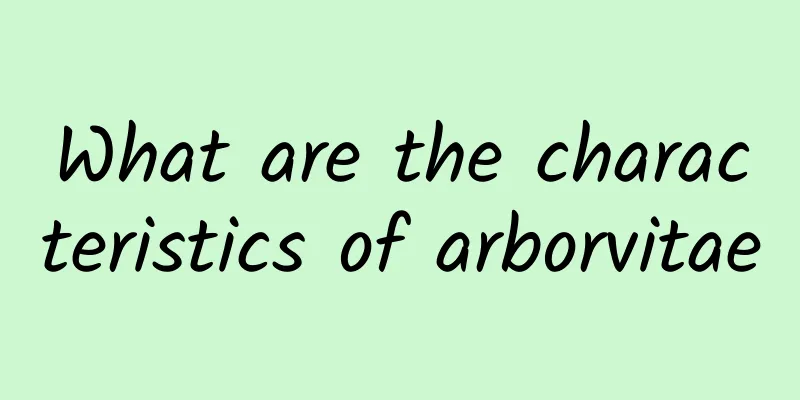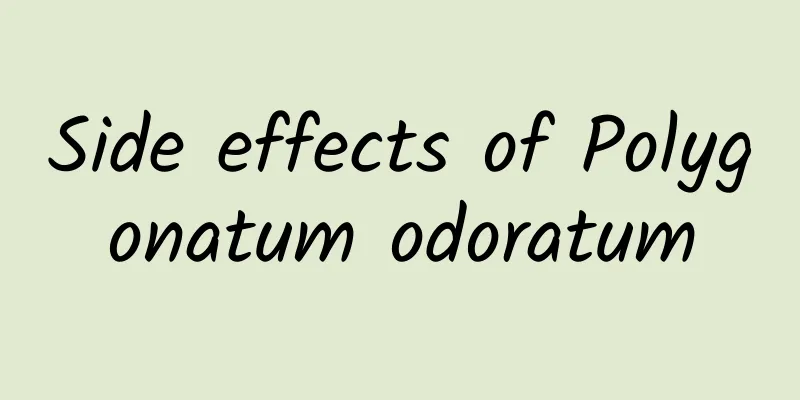What are the characteristics of arborvitae

|
We all know that Platycladus orientalis is a very important medicine, and many diseases in daily life can be treated with Platycladus orientalis. However, many people do not know much about the characteristics of this drug, do not know the purpose of this drug, and do not know how to use this drug to treat their own diseases. In order to help people make better use of it, the characteristics of Platycladus orientalis will be explained below. It likes light, is slightly shade-tolerant when young, has strong adaptability, and is not demanding on soil. It can grow in acidic, neutral, calcareous and light saline soils. It is resistant to drought and barrenness, has strong germination ability and medium cold resistance. In Shandong, it is only distributed below 900m above sea level, and grows well below 400m above sea level. The wind resistance is weak. Platycladus orientalis is a temperate sun-loving tree species that can be found both cultivated and wild. It likes to grow in moist, fertile, well-drained calcareous soil. It is cold-resistant, drought-resistant, and salt-alkali-resistant. It can grow on plains or cliffs. On dry, barren mountains, it grows slowly and the plants are thin and weak. It has shallow roots but well-developed lateral roots, strong sprouting ability, is resistant to pruning, has a long lifespan, is resistant to smoke, dust, sulfur dioxide, hydrogen chloride and other harmful gases, is widely distributed, and is one of the most commonly used ornamental trees in China. Platycladus orientalis is a temperate sun-loving tree species. It is slightly shade-tolerant during the seedling stage and can adapt to cold climates. However, in some years in this area (Yanshan County, Yunnan Province), the seedlings have a certain degree of drying phenomenon. It has strong drought resistance, is not demanding on soil, has strong resistance to salt and alkali, and can adapt to growth at a salt content of about 0.2%. It is resistant to strong sunlight, high temperature, shallow roots, and strong germination ability. 1. Vomiting blood and coughing up blood: Take appropriate amounts of Platycladus orientalis leaves and leek (both fresh), mash them into half a cup of juice, and take it with three to five cents of burnt hair ashes. 2. Nosebleed: Boil 1-2 grams of Platycladus orientalis leaves and 3 eggs in water, then drink the soup and eat the eggs. 3. Blood in stool: 3 liang of fresh Platycladus orientalis leaves, half a jin of pig large intestine, stew into soup and drink. 4. Hematuria: Take 50 cents to 100 cents each of Platycladus orientalis leaves and Holly root, decocted in water and taken orally. 5. Whooping cough: 3 grams of fresh Platycladus orientalis leaves and 5 red dates, decocted in water and taken orally. 6. Lacquer sores and dermatitis: Take appropriate amounts of Platycladus orientalis leaves and fir bark (both fresh), decoct in water and use for external washing. 7. Nosebleed: Take 100 grams of young tips of Platycladus orientalis, mash them and remove the residue, add 200 ml of water, simmer on low heat for 10 minutes, and take with a little brown sugar. , Platycladus orientalis has a good effect in treating many diseases, but the effects are obviously different in different parts of the Platycladus orientalis. We need to choose Platycladus orientalis for treatment according to our own disease condition. Improper use of Platycladus orientalis may also cause certain harm to people's bodies. Therefore, it is best to use this medicine under the advice of a doctor. |
<<: What are the medicinal values of Eupolyphaga sinensis
>>: What are the effects of Platycladus orientalis leaves and ginger?
Recommend
How to overcome height anxiety? You don’t really need to rely on height-increasing injections →
Everyone wants to have long legs and be tall, but...
Seahorse dad can "give birth"
They are the only species where males give birth ...
The efficacy and function of Lushan fragrant family
Modern medical research believes that Lushan Frag...
7 eating habits that cancer cells love most. Check to see if you are one of them.
How do you get cancer? This is a question that ma...
Will there be repeated "Yang Yang Yang" after "two Yang"? What is the final outcome of "new crown"?
Three years after the COVID-19 outbreak, many des...
The role of yew
People who eat grains and cereals will get sick. ...
The efficacy and function of narrow-leaved chrysanthemum
Traditional Chinese medicine is also very effecti...
Is the world seen through cat’s eyes the same as the world seen through human eyes?
When we play with cats, what we like to look at m...
The first day of the Chinese New Year is here! Have you forgotten these things? Check them out
This article was reviewed by Shao Lin, a popular ...
Oops! Why are all the cherries I bought deformed? Is it caused by pesticides?
Too long to read Don't worry, the appearance ...
On the way to spring, I saved the "world" by the way... What should I pay attention to when preventing car fires?
Recently, Suichang County, Lishui City, Zhejiang ...
What is Musk?
In Chinese medicine pharmacies, we often see a sm...
The efficacy and function of the arrow ball [picture]
I believe many people are familiar with the Chine...
It can fly for 9 consecutive days, and the round-trip migration distance is close to the length of the equator! Uncover the legendary story of the "legless bird"
Beijing has always been an important breeding gro...
Why can't you sit on a hot stool right away? Experts explain →
Buses, subways, parks and other scenes, It is ine...









